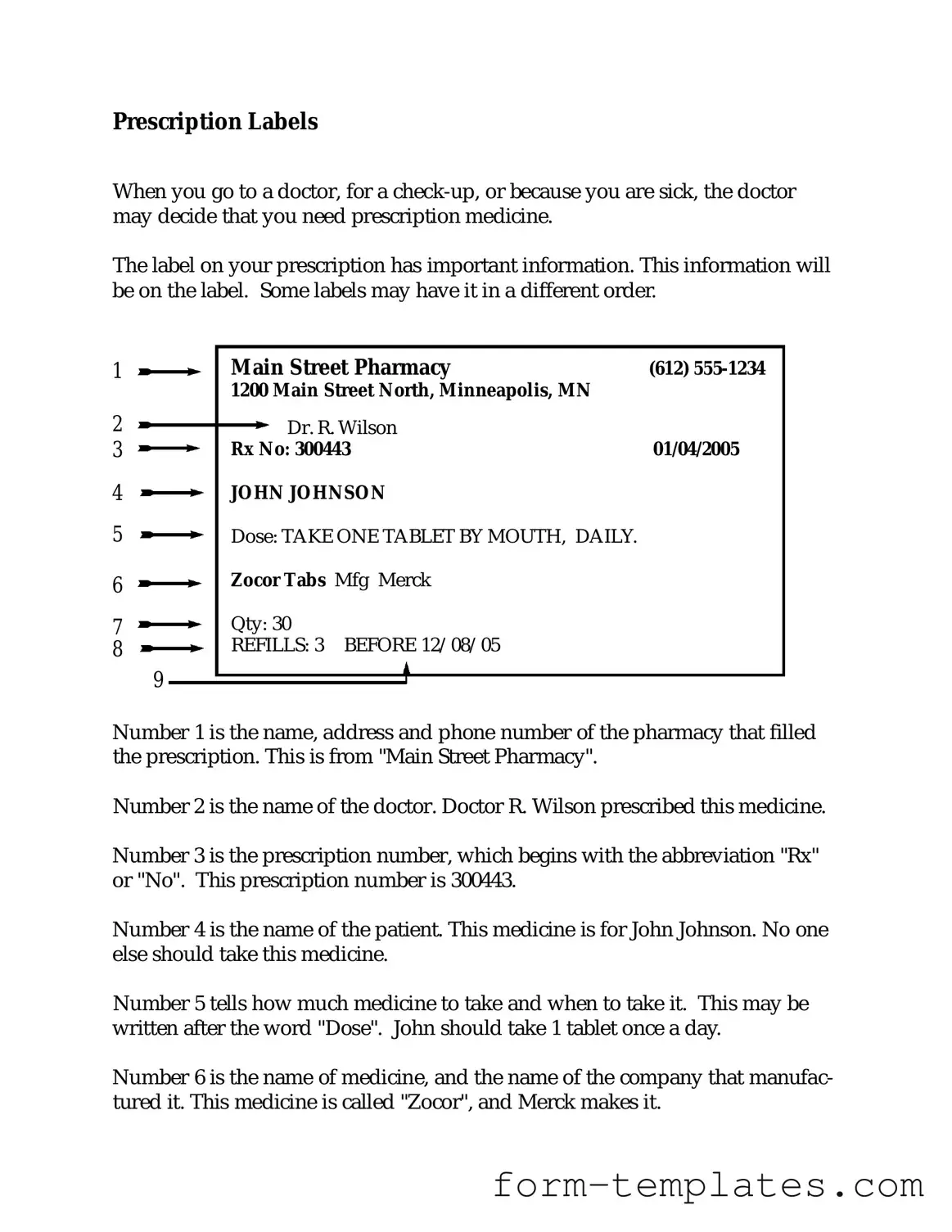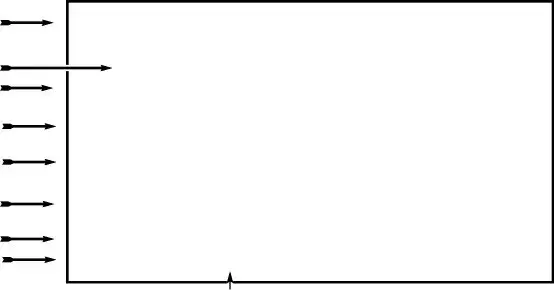The Prescription Label form is a document used by healthcare providers to provide essential information about a prescribed medication. It includes details such as the patient’s name, the medication name, dosage instructions, and any warnings or precautions. This form ensures that patients receive clear and accurate information about their prescriptions, which is crucial for safe medication use.
Typically, healthcare providers, such as doctors or pharmacists, are responsible for filling out the Prescription Label form. They ensure that the information is accurate and tailored to the individual patient’s needs. In some cases, patients may also need to review the form to confirm that all details are correct before they begin taking the medication.
The Prescription Label generally includes the following information:
-
Patient's name and contact information
-
Prescribing doctor’s name and contact information
-
Name of the medication
-
Dosage instructions (how much to take and when)
-
Duration of treatment
-
Any special warnings or side effects
-
Pharmacy contact information
This information helps ensure that the patient understands how to use the medication safely and effectively.
The Prescription Label form is crucial for several reasons. It helps prevent medication errors by providing clear instructions. It also educates patients about their medications, including potential side effects and interactions with other drugs. By having this information readily available, patients can make informed decisions about their health and well-being.
Can I request changes to the Prescription Label?
Yes, if you notice any errors or have concerns about the information on your Prescription Label, you should contact your healthcare provider or pharmacist immediately. They can make the necessary adjustments to ensure that the label accurately reflects your prescription. Open communication is key to managing your health effectively.
How should I store the Prescription Label?
It is important to keep the Prescription Label in a safe and accessible place. Ideally, store it with your medication or in a location where you can easily find it when needed. This way, you can refer to it whenever you have questions about your dosage or any warnings related to the medication.
What should I do if I lose the Prescription Label?
If you lose your Prescription Label, do not panic. Contact your pharmacist or healthcare provider for a replacement. They can provide you with a new label or a copy of the necessary information. Keeping a digital record of your prescriptions can also be helpful in case of loss.
No, the Prescription Label form may vary depending on the medication and the prescribing healthcare provider. Different medications have different dosage instructions, warnings, and side effects. Therefore, each Prescription Label is tailored to meet the specific needs of the medication and the patient. Always refer to the specific label for your prescribed medication.

